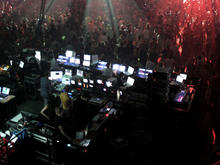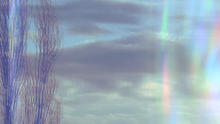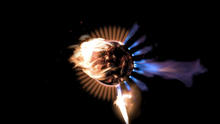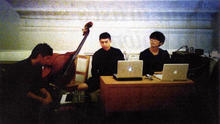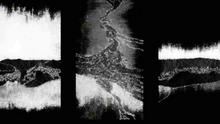LT24
(2010)is an experimental movie directed by Lucio Arese with Ametsub soundtrack, bringing an original technique that links images and music together through simulated timelapse.
The film depicts a 24 hours day (from 0 AM to 0 AM) compressed into 2 minutes 24 seconds (600x) where a group of construction workers builds a steel structure placed into a square arena.
The environment has an atmospheric system based on real solar azimuth and elevation data, corresponding to the geographic location of Turin at the 21st of June 2010 (summer solstice, longest day available in the year).
A 24 hour portion of reality is accelerated at whirling speed remaining organized into the guidelines of a musical structure; at the same time, a 2 minutes 24 seconds piece of music is projected into a 24 hour timespan, synchronizing and shaping every significative event – even the movement of every single worker is related to the music. This process creates a bidirectional relationship between music and motion picture, linking them into an imaginary dimension where the flow of visual and audio events is totally bounded together: this could be called structured timelapse.
Architect, pianist, composer and graphic designer, Lucio Arese started a career as a videographer and independent filmmaker in 2008. In his first works he's exploring the possibilities given by the union of images, motion and music in a thoughtful and personal way. He's born in 1981 and currently based in Cuneo, Italy.
Source: Lucio Arese on Vimeo



